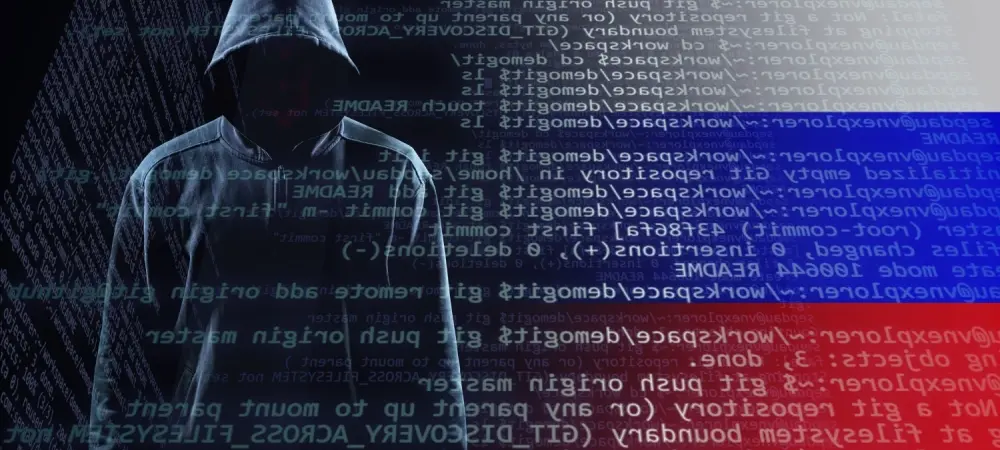Recent discoveries have unveiled a Russian government-backed hacking group known as Void Blizzard by Microsoft and Laundry Bear by Dutch intelligence services, aimed at infiltrating critical infrastructure across Europe and North America. These cyberespionage activities are allegedly driven by Moscow’s intense efforts to disrupt supply logistics in Ukraine amidst the conflict that began in February 2022. This group’s operations signal a growing sophistication in Russian cyber missions, utilizing simple yet highly effective techniques to siphon intelligence while masking their presence. Their primary focus targets NATO member states and Ukraine, reflecting a strategic approach to technological warfare.
Techniques and Strategies of the Hacking Group
Advanced Infiltration Tactics
The hackers primarily employ stolen credentials and automated bulk email collection to infiltrate government, defense, media, NGO, and healthcare sectors. Their operations reveal a deep understanding of the complexities involved in supply chains, particularly in defense and aerospace industries, highlighting an interest in sensitive procurement and production data necessary for military goods. The Dutch intelligence noted notable breaches within Dutch government entities, including the national police, where employee contact details were compromised. As the group continues to evolve, they utilize spear-phishing techniques for credential theft and, remarkably, penetrate communication platforms like Teams for real-time intelligence gathering.
Living-off-the-Land Methods
Microsoft’s analysis revealed that the group targets a broader spectrum of industries, including communications, healthcare, and education, with recorded attempts on Ukrainian aviation firms. The hacking methods are discreet, blending seamlessly with regular activity—this “living-off-the-land” approach effectively utilizes pre-existing tools within victims’ systems, making detection particularly difficult. This adaptability and resourcefulness grant the group an ability to remain under the radar, increasing the challenge faced by security systems attempting to thwart their incursions. Their understated tactics signify a shift in Russian cyber efforts, increasingly relying on existing mechanisms rather than deploying overtly sophisticated hacking tools.
Focused Espionage Objectives
Disrupting Ukrainian and NATO Operations
Amidst the conflict, the overarching objective of these cyberattacks is to disrupt Ukrainian military logistics and defense strategies. This group’s interest significantly lies within technologies restricted by international sanctions, ensuring Moscow circumvents geopolitical barriers. By targeting vital defense contractors and aerospace firms involved in Ukraine’s military framework, the group seeks to unravel production details that directly impact defense capabilities. Additionally, security experts emphasize the importance of preemptive measures, recommending multifactor authentication and consolidated identity management systems as crucial defenses against these continuing threats.
Targeting Sanctioned Technologies
Beyond the logistic implications, the hackers also aim to acquire intelligence on sanction-restricted technologies, broadening their espionage strategy. Their penchant for technology aligned with sanctions indicates a focus beyond immediate conflict goals, potentially exploring avenues to bypass international constraints and fortify Russian technological capabilities. This relentless pursuit of intelligence reflects a longer-term ambition to stabilize Russian technological innovations amidst global limitations. Consequently, there is a pressing need for enhanced cybersecurity frameworks that can effectively protect against these expansive espionage strategies, safeguarding critical technological developments against adversarial infiltration.
Implications and Recommendations
Commentaries from Cybersecurity Experts
Insights from John Hultquist of Google’s Threat Intelligence Group underscore the reliance on common attack techniques amid Russia’s significant espionage campaigns. This reliance stems from a broader criminal ecosystem that fortifies Russian cyber targets, exploiting configurations established during routine criminal endeavors. Such collaboration ensures a persistent threat environment where low-complexity tactics can deliver substantial intelligence outcomes, stressing the imperative of fortifying cybersecurity defenses. Hultquist’s commentary accentuates the necessity for targeted cybersecurity advancements—multifactor authentication and risk-based sign-in policies are emphasized as effective deterrents against these prevalent threats.
Strengthening Cybersecurity Measures
Recent revelations have identified a Russian state-sponsored hacking collective, referred to as Void Blizzard by Microsoft and Laundry Bear by Dutch intelligence agencies. This group is actively trying to penetrate key infrastructures across Europe and North America. The cyber-espionage initiative appears to stem from Moscow’s determination to disrupt Ukrainian supply chains amidst the ongoing conflict that erupted in February 2022. Their operations underscore an escalation in Russian cyber activities, showcasing a blend of straightforward but highly effective techniques to extract valuable intelligence while camouflaging their efforts. The group’s focus predominantly steers towards NATO member countries and Ukraine, signifying a calculated approach to digital warfare. As Russia aims to bolster its strategic advantage, this hacking cadre exemplifies a more sophisticated level in technological combat, greatly enhancing their ability to jeopardize Western defense mechanisms and global cyber stability.

